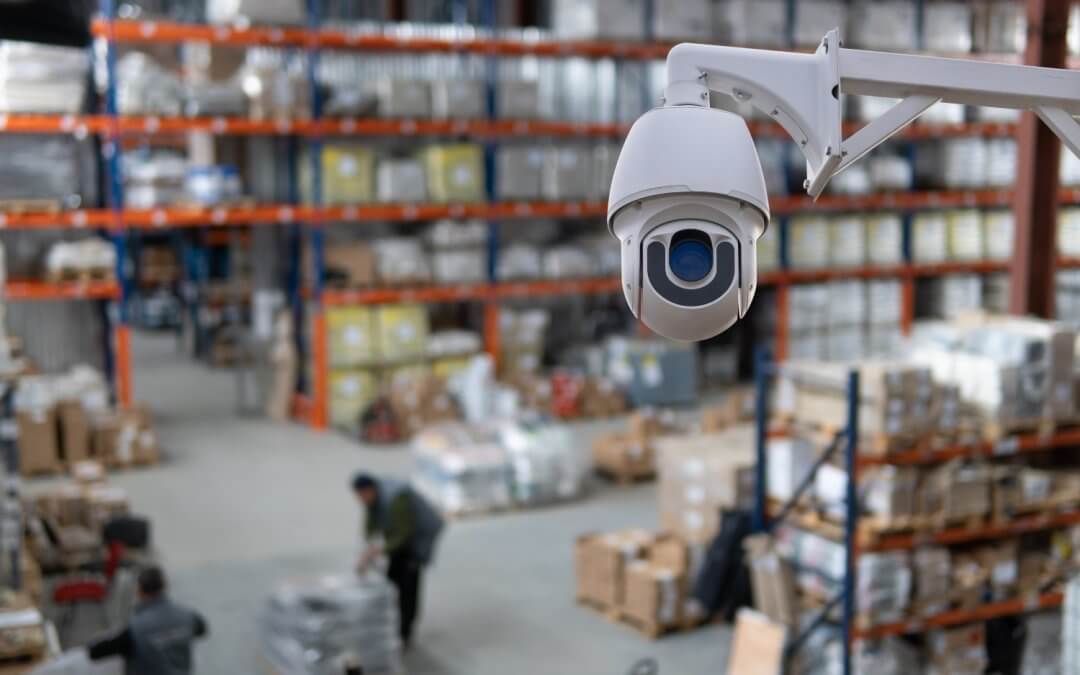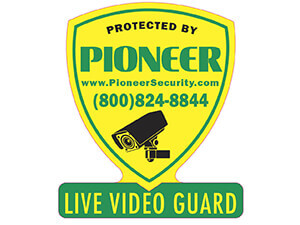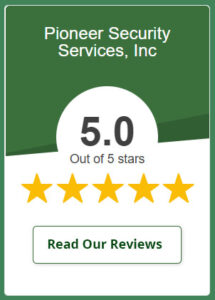Even small mistakes can lead to injuries or costly downtime. Surveillance helps solve this problem by providing managers with a clear view of what is happening, sending alerts when unsafe situations arise, and enabling teams to respond quickly.
In fact, thanks to efforts like stronger safety enforcement and surveillance practices, workplace injuries in private industry dropped from about 10.9 incidents per 100 full-time workers in 1972 to just 2.4 in 2023 (as reported by OSHA). This is a staggering 78% reduction over five decades!
In this blog, we will explain how industrial sites get safer with surveillance, showing the technology in action, real-life safety examples, and practical steps to set up a system that protects workers and keeps operations running smoothly every day.
Why Surveillance Is Critical For Industrial Safety
Industrial sites are full of moving parts, heavy machinery, and materials that can be dangerous. Even a small mistake can cause an injury or costly damage. Surveillance helps by keeping an eye on operations in real time.
More than just keeping watch, it is about identifying risks early, alerting supervisors, and creating a workplace where safety is the top priority. With cameras in place, teams can act quickly, prevent accidents, and reduce costly downtime.
Let’s look at the key reasons surveillance is critical for keeping workers safe.
The Human and Financial Cost
Accidents in industrial settings can be expensive and harmful. Injuries to employees may result in medical bills, lost work hours, and stress for everyone involved. For employers, workplace incidents can increase insurance costs and bring fines from regulators. The human cost is even more serious; lives and well-being are at stake.
Research backs this up as well. A U.S. study found that workplaces inspected by Cal/OSHA had 9.4% fewer injury claims and saved 26% on workers’ compensation costs over four years compared to uninspected sites. This shows how strong oversight measures, including surveillance, directly reduce injuries and costs.
Live Video Surveillance reduces these risks by monitoring activities and alerting managers to unsafe actions. Cameras also provide visual evidence, which helps investigators quickly identify and investigate incidents. This reduces confusion, prevents repeat mistakes, and keeps workers safer every day.
How Surveillance Reduces Response Time
Surveillance can save lives by helping teams respond faster to emergencies. Cameras detect unusual events right away, so supervisors can act quickly. In cases of fire, chemical spills, or worker accidents, every second counts. Real-time feeds allow managers to see what is happening before reaching the scene.
With these quick decisions, less injury, less damage to equipment, and shorter disruptions to operations are guaranteed. By cutting response time, surveillance makes industrial sites safer and more reliable.
Surveillance Role in Safety Culture
Cameras do more than watch; they shape behavior. When employees know safety rules are monitored, they follow them more consistently. Managers can review footage to coach employees without unfairly penalizing them.
Over time, this promotes a culture of safety, where mistakes are identified and corrected promptly. Workers feel supported, not spied on, which boosts morale. Surveillance becomes an integral part of everyday operations, enabling everyone to act safely and confidently.
High Impact Safety Use Cases For Surveillance
Having cameras is only useful if they are used to address real safety challenges. Surveillance works best when applied to everyday operations and potential hazards. From checking that employees wear protective gear to spotting chemical spills or lone worker risks, these systems keep industrial sites safer.
Here are some practical ways surveillance helps reduce accidents and protect teams.
PPE Detection and Behavior Monitoring
AI-powered surveillance can detect missing hard hats, safety glasses, or reflective vests with impressive accuracy. In fact, a recent study published on ResearchGate found that AI-based PPE detection achieved a precision of around 92% in recognizing safety gear in real-world settings.
This real-time capability means supervisors are alerted instantly, allowing them to correct unsafe behavior before it leads to injuries. Footage also highlights patterns, such as workers entering restricted areas or lifting objects improperly, which helps managers coach employees and improve safety practices.
Fire, Spill, and Gas Hazard Alerts
Many industrial sites deal with flammable materials or chemicals. Surveillance systems equipped with thermal sensors or AI can quickly detect smoke, overheating equipment, or spills. Immediate alerts reach supervisors, so risks are handled quickly. This prevents fires, chemical exposure, and environmental damage. Teams can also track repeated hazards to improve processes.
Some key benefits include:
- Quick detection of fires or chemical spills
- Reduced injury risk for workers
- Faster cleanup and less operational downtime
- Ability to identify recurring hazards for improvement
Lone Worker Protection and Access Control
Workers in isolated areas face higher risks. Cameras can track their location and ensure safety procedures are followed. Access control systems integrated with video prevent entry into dangerous zones. Alerts are triggered if someone enters a restricted area or misses check-ins. This keeps employees safe and supervisors informed without intrusive monitoring.
Incident Reconstruction and Process Improvement
After a near miss or accident, footage is invaluable. Safety teams can see exactly what happened, pinpoint the cause, and correct unsafe practices to prevent similar incidents in the future.
This also provides evidence for reports or audits. Reviewing incidents regularly uncovers trends and recurring risks. Over time, this leads to better workflows, safer practices, and a stronger safety culture.
How AI Analytics Create Faster Safety Responses
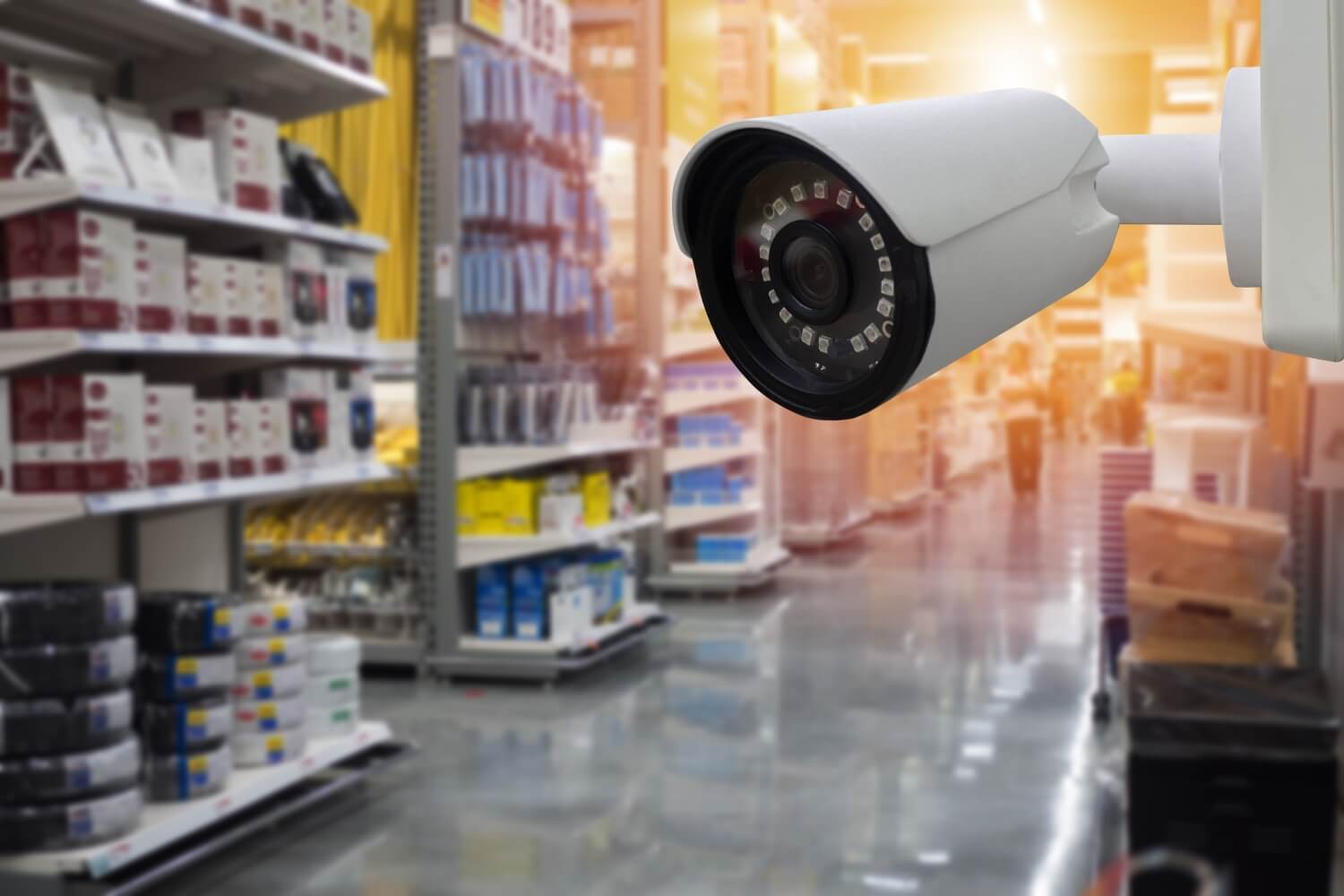
Surveillance becomes far more powerful when combined with AI analytics. These systems can spot unusual activity, track objects, and predict hazards before they happen. This enables supervisors to respond promptly, prevent accidents, and minimize downtime.
AI doesn’t just improve reactions; it also strengthens safety planning. Research indicates that AI-driven predictive maintenance can reduce maintenance costs by up to 40%. It can also improve equipment reliability by 30–50%, which directly contributes to safer industrial operations. (techrxiv.org).
Here’s how AI makes workplaces safer and more efficient:
Object Detection and Tracking
AI-powered cameras can detect objects and track their movement in real time. This is especially useful in busy industrial areas where machines, vehicles, and personnel are constantly in motion. By monitoring the location of objects, AI can alert supervisors to unsafe proximity or collisions.
For example, if a forklift moves too close to a worker, an alert can be sent immediately. Object tracking also helps managers understand workflow patterns and adjust procedures to minimize risk.
Anomaly Detection and Pattern Alerts
AI can learn normal activity patterns in a facility and spot anything unusual. For instance, if a worker enters a restricted zone or a machine behaves unexpectedly, the system triggers an alert. This early warning allows teams to respond before accidents happen.
Over time, anomaly detection improves as the AI recognizes more patterns, making the system smarter and more reliable.
Reducing False Positives Through Tuning
One challenge with automated alerts is the occurrence of false positives, which can distract staff and erode trust in the system. AI can be fine-tuned to distinguish between real hazards and harmless movements. By analyzing historical data and adjusting sensitivity, supervisors receive fewer false alarms. This makes the alerts actionable, keeping attention on real safety risks without unnecessary interruptions.
Predictive Maintenance and Early Warning Signs
AI analytics can also predict equipment failures before they become dangerous. Cameras combined with sensors can detect overheating, unusual vibrations, or leaks in machinery. Early warnings provide maintenance teams with time to safely address issues. This approach prevents accidents, extends equipment life, and keeps production running smoothly.
Benefits of Linking Video Systems To Operations And Alarms
Surveillance works best when it is part of a broader safety network. Linking cameras to alarms, access control, and operational systems enables active prevention through passive monitoring. This connection allows supervisors to respond instantly and take control of potential hazards.
Let’s explore how integration improves safety outcomes in industrial sites.
Video Integration with Access Control
Cameras can be connected to access control systems to monitor restricted areas. If someone tries to enter a hazardous zone without permission, the system can trigger alerts or lock doors automatically. This prevents unauthorized access and protects employees from dangerous equipment or chemicals. Managers can review footage to confirm compliance and improve access policies.
A study by ASIS International found that 54% of organizations link their access control systems with video surveillance. This shows a growing trend of combining these technologies to boost security and operational efficiency.
Tying Cameras to Fire and SCADA
Linking surveillance to fire alarms or SCADA systems provides a complete view of safety events. For example, if a fire alarm is triggered, cameras can automatically focus on the affected area. Supervisors see live footage, allowing them to make fast decisions. SCADA integration also helps monitor equipment, detect anomalies, and reduce the likelihood of accidents caused by machinery.
Automating Ticketing and Dispatch Workflows
Integrated systems can automatically notify maintenance or safety teams when an issue is detected. Cameras can trigger tickets for hazards such as leaks, spills, or unsafe behavior. This removes delays caused by manual reporting and ensures quick response.
Automated workflows enable teams to prioritize tasks and respond more quickly, thereby reducing risk to both workers and equipment.
Here are the top benefits of integrated systems:
- Faster response to safety incidents
- Reduced human error in reporting hazards
- Centralized monitoring for better decision-making
- Improved record-keeping for audits and training
Deployment and Practical Checklist for Industrial Sites
Installing surveillance cameras is not just about placing them on walls and hoping they catch hazards. A thoughtful deployment plan makes sure every high-risk area is covered and that cameras actually help prevent accidents.
From surveying the site to planning storage and network requirements, proper deployment protects workers and improves operational efficiency.
Let’s break down the main steps that make deployment practical and effective.
Site Survey and Mapping High Risk Zones
Before installing cameras, it is essential to identify the areas that require the most attention. High-risk zones may include places with heavy machinery, chemical storage, or frequent vehicle traffic. A site survey identifies blind spots, emergency exits, and isolated areas where accidents are more likely.
Mapping these zones allows supervisors to plan camera placement strategically. Involving staff in the survey can also uncover hazards that might not be obvious to management.
Camera Placement, Rugged Hardware, and Environmental Fit
Cameras must be placed for maximum visibility without interfering with operations. Mounting them too high or too low can create blind spots, while improper angles may miss critical areas. Industrial sites often face harsh conditions, so hardware must be durable against dust, moisture, and vibration.
Choosing the right lens and housing protects the camera and maintains image quality. Thoughtful placement combined with rugged equipment keeps the system reliable and helps maintain safety coverage at all times.
Storage, Network, and Power Backup Planning
A surveillance system only works if video footage is accessible and reliable. Storage planning involves deciding between cloud storage, local servers, or hybrid solutions, balancing capacity and retrieval speed to optimize performance. Networks should be stable and fast to avoid lag or downtime, while backup power prevents gaps during outages.
Proper planning of these elements ensures that footage is available for monitoring, alerts, and incident review. This technical preparation is crucial for maintaining continuous safety oversight.
People, Training, and Managing Alert Fatigue
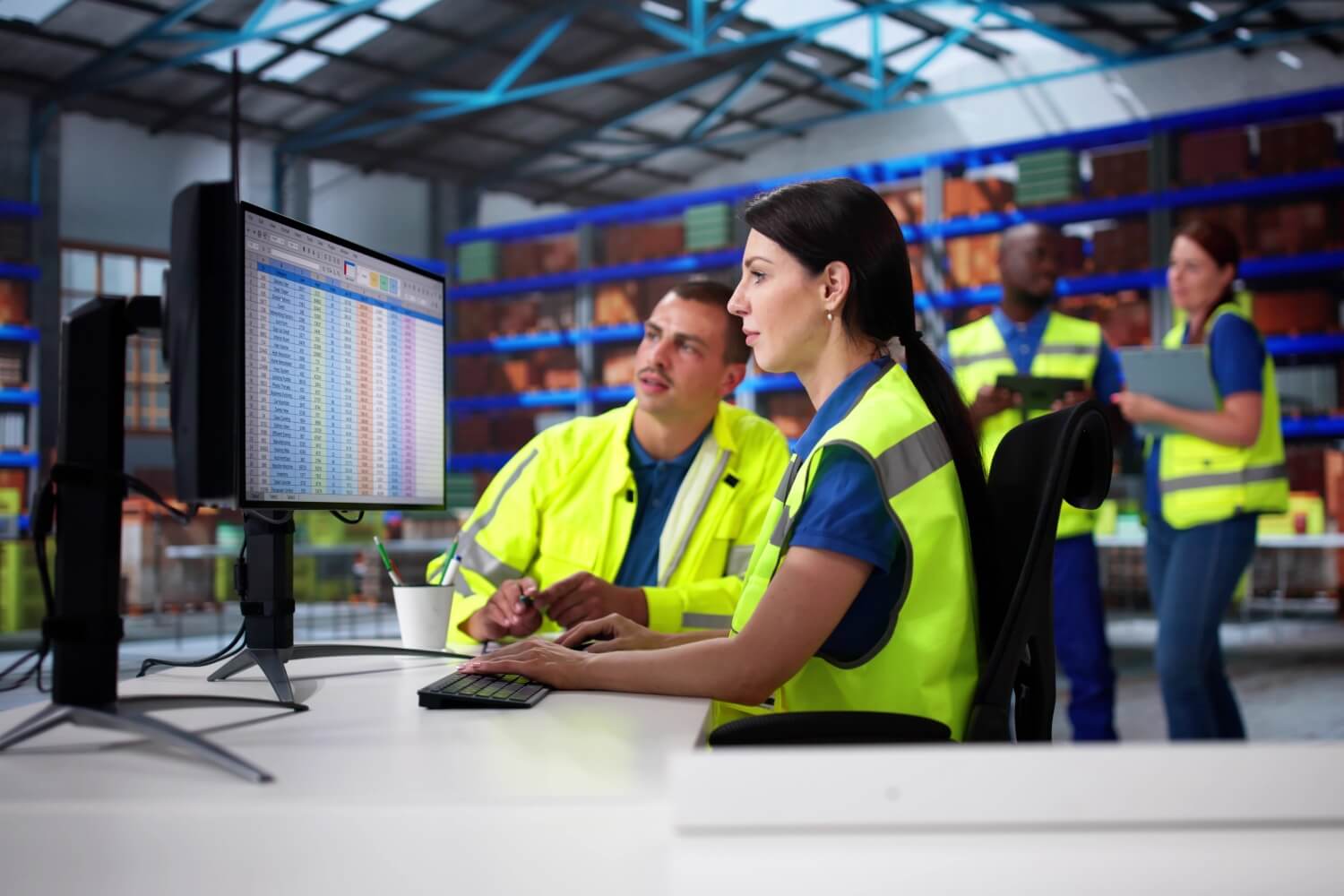
Even the best cameras cannot keep a site safe without trained people behind the system. Employees need to know how to respond to alerts and use footage to improve safety. Managing human factors such as alert fatigue and reaction times is key.
Let’s understand how you can focus on training, coaching, and maintaining staff attention and confidence when monitoring industrial sites.
Operator Training and Drill Routines
Operators need to understand the surveillance system, including alert types and priority levels. Training should cover how to respond quickly and appropriately to different incidents. Regular drills simulate real situations, so staff are familiar with procedures when an actual hazard occurs.
These exercises also help identify gaps in coverage or response plans, enabling managers to make adjustments before problems arise. Training turns surveillance from a passive tool into a proactive safety asset.
Studies show that 20–25% of industrial truck accidents are partly due to insufficient operator training. This highlights how investing in proper training can directly reduce the incidence of workplace accidents.
Using Footage for Coaching and Staff Trust
Video footage is not just for reporting incidents; it can also serve as a coaching tool. Supervisors can review recorded events to show employees safer ways to handle tasks. Positive reinforcement from reviewing footage builds trust and encourages adherence to safety practices.
This method reduces accidents over time and fosters a stronger team culture. When staff see that cameras are used to support them rather than punish, engagement and compliance naturally improve.
Hybrid Monitoring: AI Plus Human Analysts
Combining AI alerts with human monitoring provides the best safety coverage. AI can detect patterns and unusual events, while trained personnel verify and act on the alerts. This collaboration reduces missed hazards and minimizes false alarms.
Human judgment adds context that AI cannot fully grasp, such as understanding the difference between a safe procedure and an unsafe deviation. Real Time Video monitoring creates a more reliable and responsive safety system for industrial sites.
KPIs and ROI For Surveillance Safety Programs
Measuring the success of a surveillance program is important to show its value. By tracking key metrics, managers can see how cameras improve safety and reduce risks. Understanding ROI also helps decide how to invest in future safety upgrades. In this section, we focus on practical ways to measure performance and link it to real-world benefits.
Key Metrics to Track and Report
To determine if a surveillance system is effective, tracking specific safety metrics is crucial. Important measures include the number of incidents, near misses, and response times.
Tracking unsafe behavior alerts also gives insight into risk trends. Supervisors can identify patterns over weeks or months, enabling them to adjust safety procedures accordingly. By reporting these metrics regularly, teams can make decisions backed by evidence rather than guesses.
Sample ROI Calculations and Assumptions
Calculating ROI shows the financial impact of safety improvements. A simple approach is to compare the cost of incidents before and after the installation of surveillance. Include factors like reduced downtime, fewer injuries, and lower insurance claims.
For example, if a system prevents one serious incident that would have cost tens of thousands of dollars, the savings may justify the investment. ROI calculations also help managers prioritize upgrades and support continuous improvement.
Conducting Cost-Benefit Reviews
Cost-benefit reviews go beyond simple ROI. They combine both financial and safety outcomes to demonstrate the overall value of the program. Managers consider installation costs, maintenance, and training in relation to accident reduction and operational gains.
Including safety benefits helps show the human value of the program, not just the dollars saved. These reviews can guide future investments and improve confidence in surveillance programs.
Supporting Technology and Compliance Essentials
Good surveillance programs rely on strong technology and proper compliance. Cameras alone cannot protect workers if they are not properly configured and maintained. Compliance with data and privacy rules also keeps employees informed and builds trust.
Let’s take a look at the technologies and regulations that support safer industrial sites.
Top Surveillance Technologies Overview
Modern surveillance includes a mix of cameras and sensors. Fixed and PTZ cameras provide general coverage, while thermal and AI-enabled cameras detect hazards automatically. Drones and wearable cameras add flexibility for remote or hard-to-see areas. Sensors can track temperature, movement, or chemical exposure. Utilizing the right combination of technologies helps cover blind spots and enhances safety awareness throughout the site.
Cybersecurity and Data Protection Measures
Protecting video data is essential for maintaining safety integrity. Unauthorized access or tampering can create blind spots and compromise operations. Networks should be segmented to separate camera data from other systems, and devices should use strong passwords and encrypted streams. Regular software updates help prevent vulnerabilities. With good cybersecurity, footage remains reliable and available when it is needed most.
Privacy Policies and Compliance for Footage
Following privacy and compliance rules protects both the company and employees. Surveillance programs should define how long footage is stored, who can access it, and how it can be used. Redaction tools help hide personal information in reports. Transparent communication with workers builds trust and makes them feel safe. Compliance also reduces legal risk and supports a respectful, responsible safety culture.
The benefits of strong technology and compliance include:
- Reliable footage when incidents happen, helping teams respond quickly
- Faster and more accurate decision-making during safety events
- Greater trust and confidence from employees in the workplace
- Protection from legal risks and compliance-related issues
Final Steps to Start Your Surveillance Program
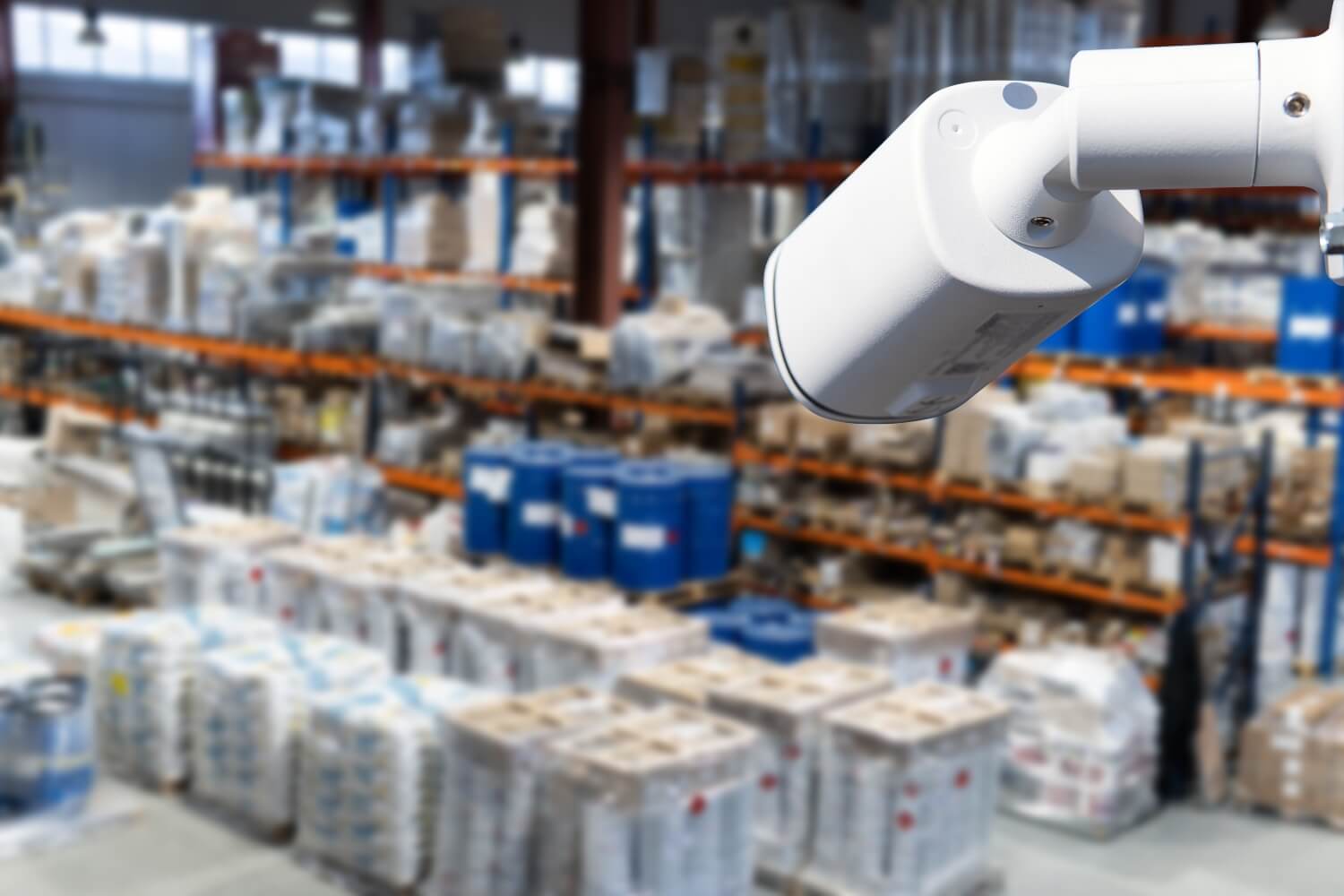
Starting a surveillance program does not have to be complicated. By taking practical steps, you can set up a system that protects workers, reduces hazards, and builds a culture of safety. Here are five clear steps to get your industrial site safer with surveillance.
Step 1: Plan Your Safety Goals
Before installing cameras, decide what you want to achieve. Identify the main hazards on your site and the areas that need constant monitoring. This helps you focus on real risks and avoid unnecessary equipment. Clear goals also make it easier to measure the program’s success later.
Step 2: Draft Privacy and Response Policies
Write simple policies for how footage will be used, who can access it, and how long it will be stored. Include procedures for responding to alerts and incidents. Sharing these policies with staff builds trust and helps everyone feel confident that the system is meant to protect them, not spy on them.
Step 3: Select the Right Equipment and Vendors
Choose cameras, sensors, and software that fit your goals and environment. Consider ruggedness, coverage, and integration with existing alarm systems or access control systems. Work with vendors who understand industrial safety and can help with installation and training. Proper equipment reduces blind spots and improves response times.
Step 4: Install and Test the System
Set up cameras and sensors according to your site survey. Check angles, lighting, and coverage to make sure every critical area is monitored. Test alert systems, notifications, and integration with alarms. Running a small pilot first helps identify any issues before full deployment.
Step 5: Train Staff and Monitor Continuously
Train supervisors and operators to use the system effectively. Teach them how to respond to alerts and review footage for coaching. Regularly check cameras, alerts, and system performance to make sure everything is working correctly. Continuous monitoring and training keep your site safer and support long-term improvements.
See Hazards Before They Happen with Advanced Surveillance
Industrial sites can be full of risks, but surveillance systems turn potential hazards into manageable situations. From cameras that spot unsafe behavior to AI tools that alert supervisors to early warning signs, these systems help protect workers, reduce accidents, and keep operations running smoothly. Training staff, monitoring alerts carefully, and using video for coaching all add layers of safety that technology alone cannot provide.
If you want to take your industrial site safety to the next level, Pioneer Security offers advanced surveillance solutions designed for workplaces like yours. Our systems feature real-time monitoring, integrated alarms, and customized safety setups that safeguard employees and assets.
Visit Pioneer Security today to learn how their cameras and monitoring services can make your industrial site safer, help prevent accidents, and give you peace of mind every day.
Frequently Asked Questions
How can CCTV systems improve safety in industrial settings?
CCTV systems help keep industrial sites safe by constantly watching work areas and spotting unsafe actions. They can prevent accidents before they happen, remind workers to follow safety rules, and provide managers with videos to review incidents and implement improvements.
How can surveillance increase public safety?
Surveillance makes public areas safer by deterring crime and giving authorities quick information to respond to incidents. For example, some cities use AI-powered cameras to watch busy areas and protect people, especially in vulnerable spots.
What are the three types of surveillance techniques?
- Physical Surveillance – Watching people or activities in person.
- Electronic Surveillance – Using devices like cameras or microphones to monitor activity.
- Cyber Surveillance – Tracking digital activities, like internet or communication use.
Do construction sites have surveillance?
Yes. Construction sites often use cameras to watch the site, prevent theft, and keep workers safe. Many cameras have night vision or wide views to cover large areas and entrances.

